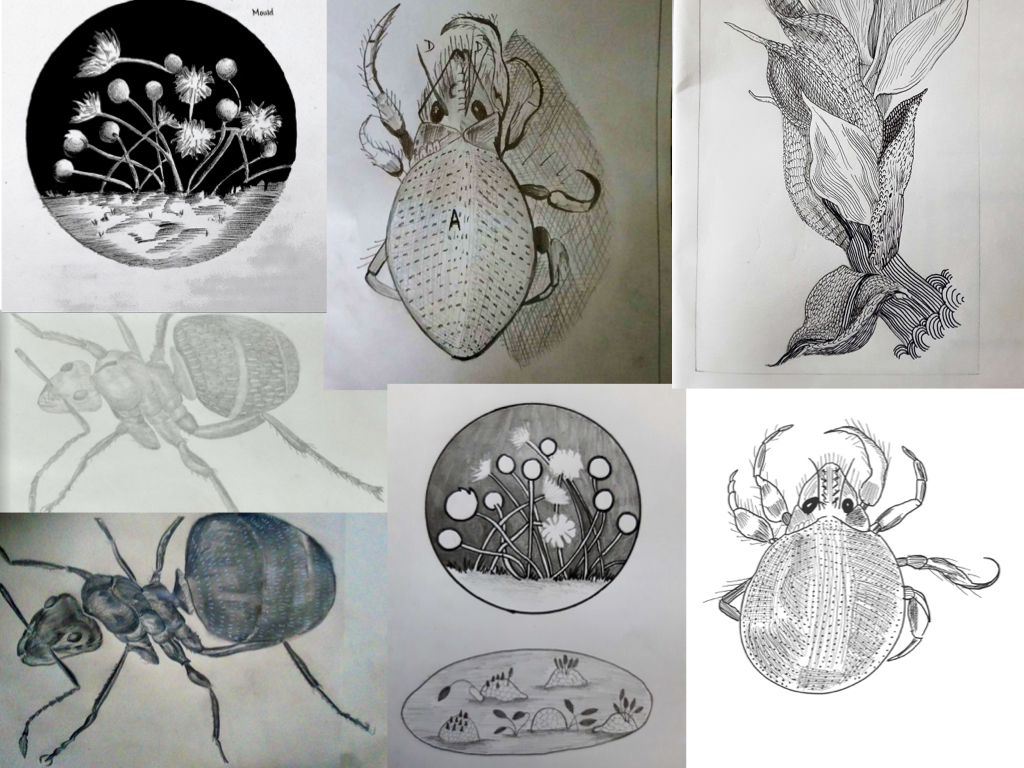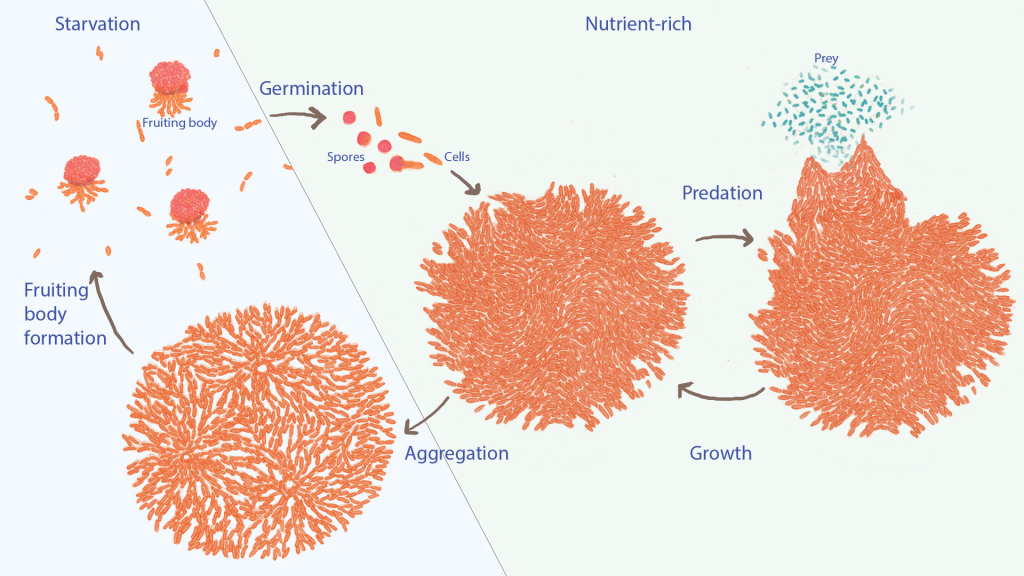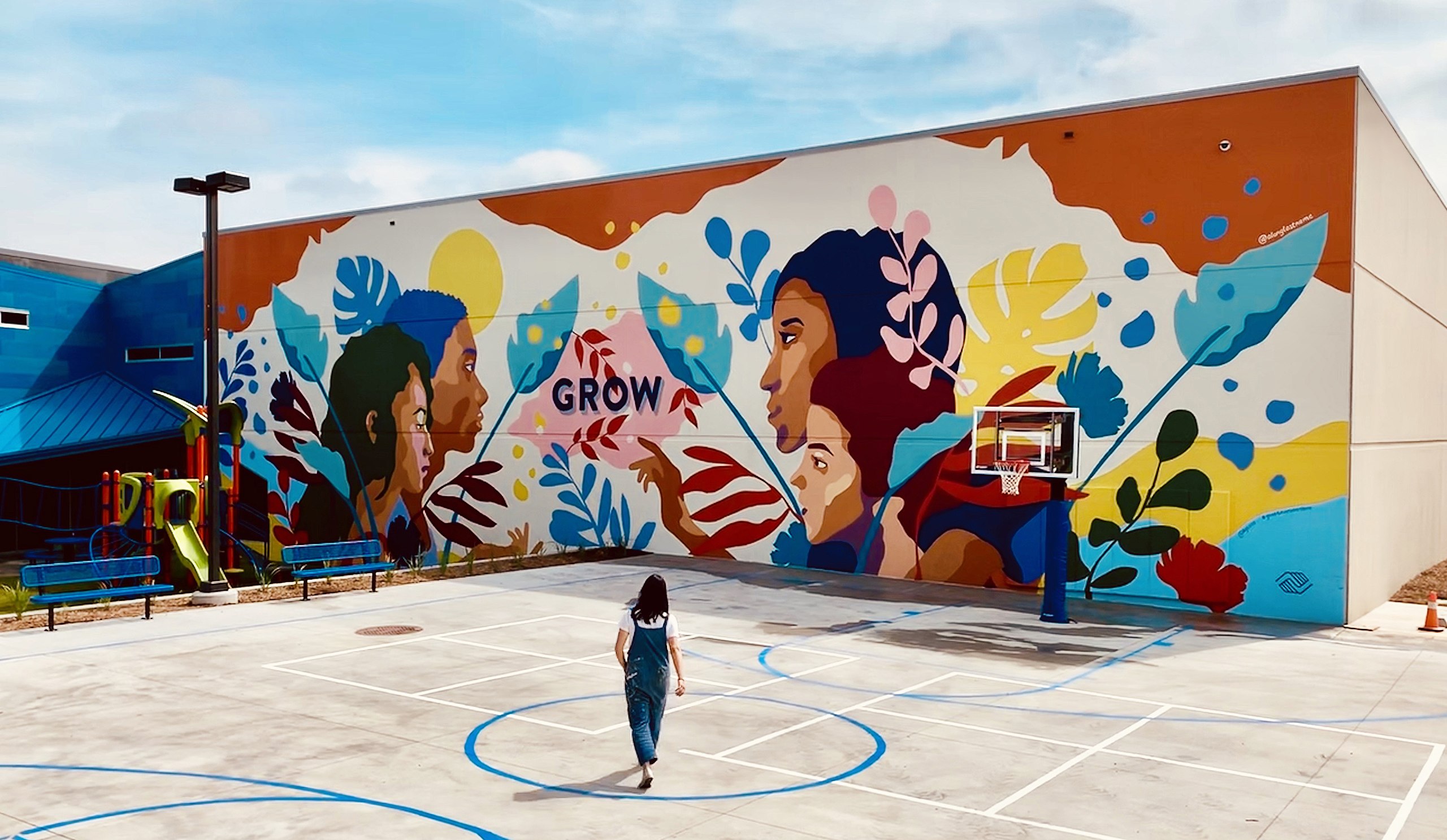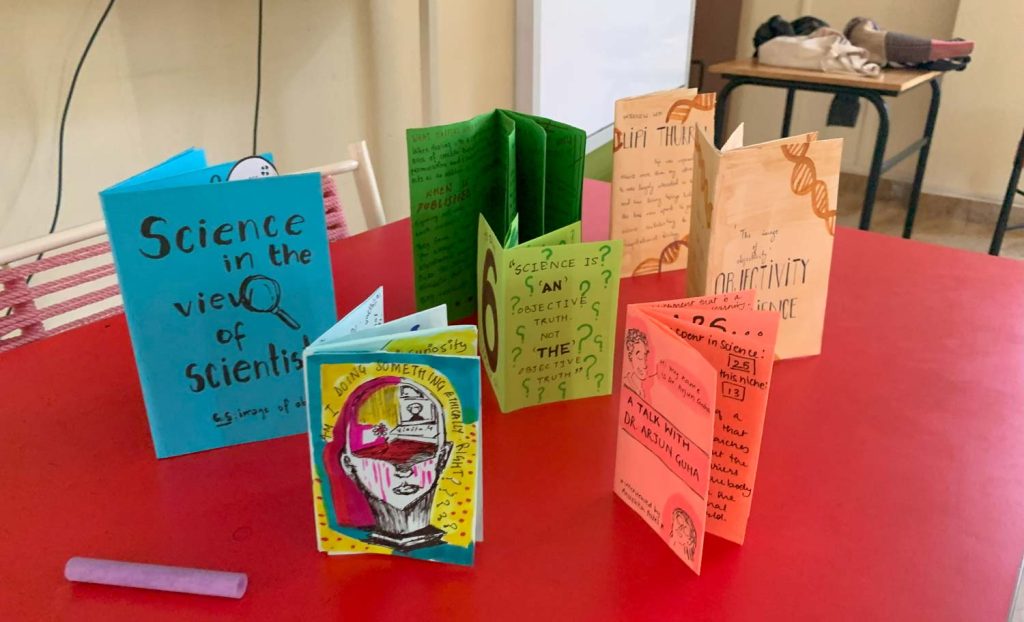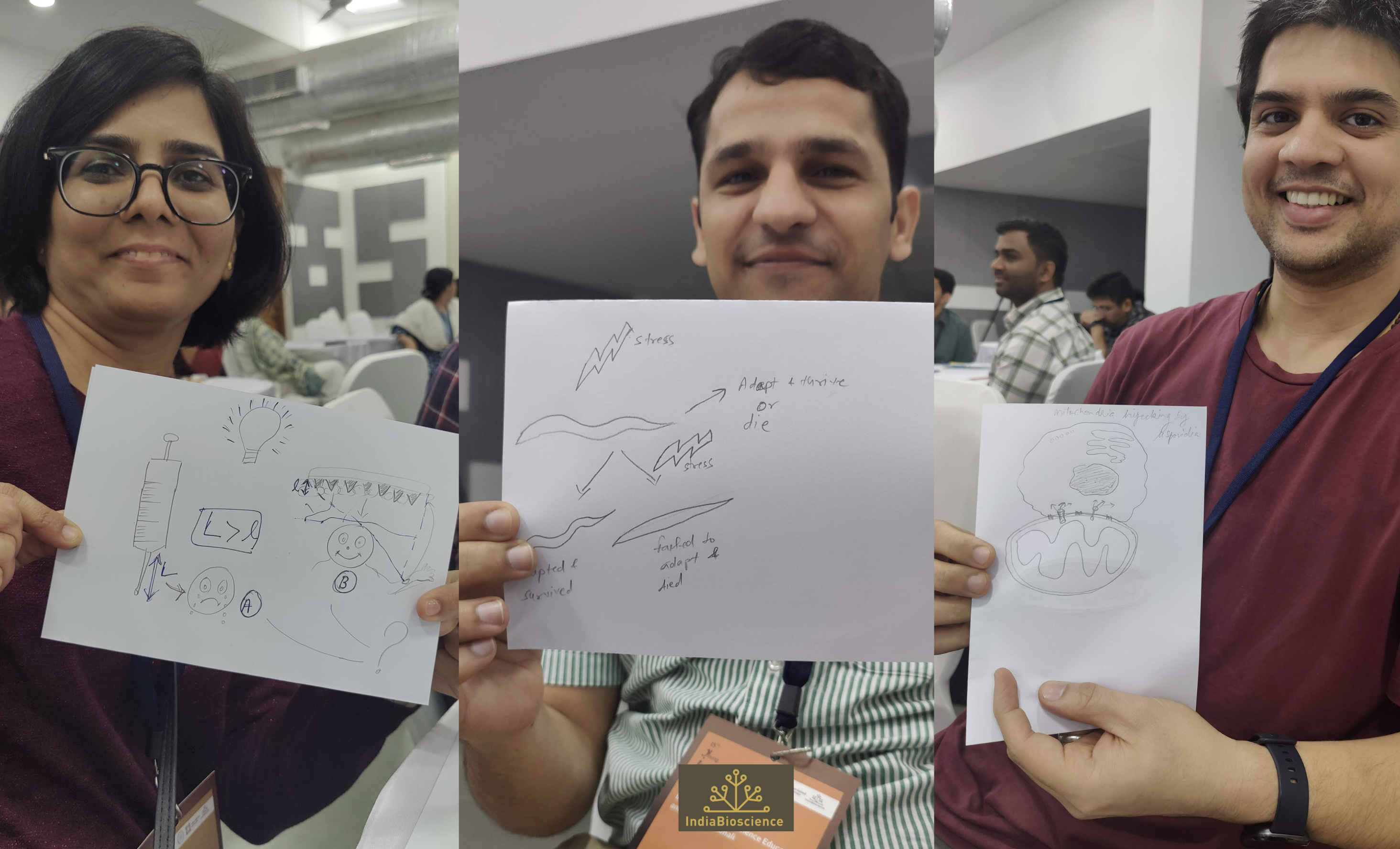Drawing Science
As a scientist who traded the pipette for a pencil, it is imperative to think about what drawing means to scientists, to the process of science, and scientific discovery. The realization is that drawing can be both, a means to do science and a means to share science.
Drawing Dynein
During my postdoctoral stint at Dr. Minhaj Sirajuddin’s lab, I drew a supramolecular complex, dynein. Dynein is a protein complex that ferries the cargo from the periphery of the cell to the center of the cell.
I attempted to understand the form and the form of the molecule in motion and ended up asking some pertinent questions about biomechanics and understanding form-structure relationships. The work (though unpublished) demonstrates the power of a drawing-based summary of form and function to reveal the unknowns.
This work was done in collaboration with Dr. Carsten Janke and artist Renaud Chabrier at Institut Curie, Orsay.
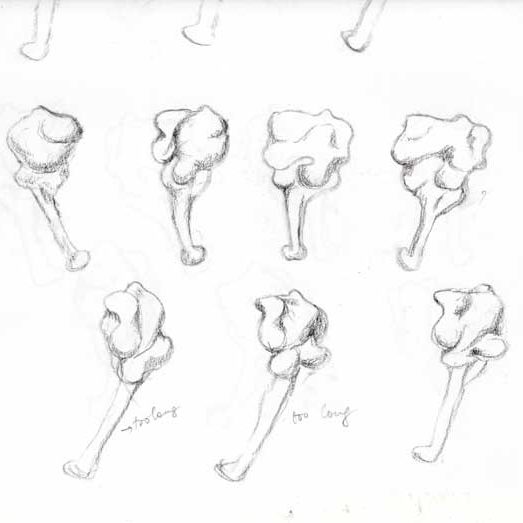
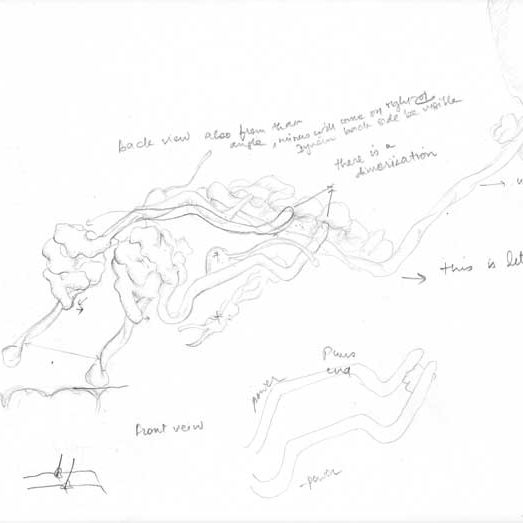
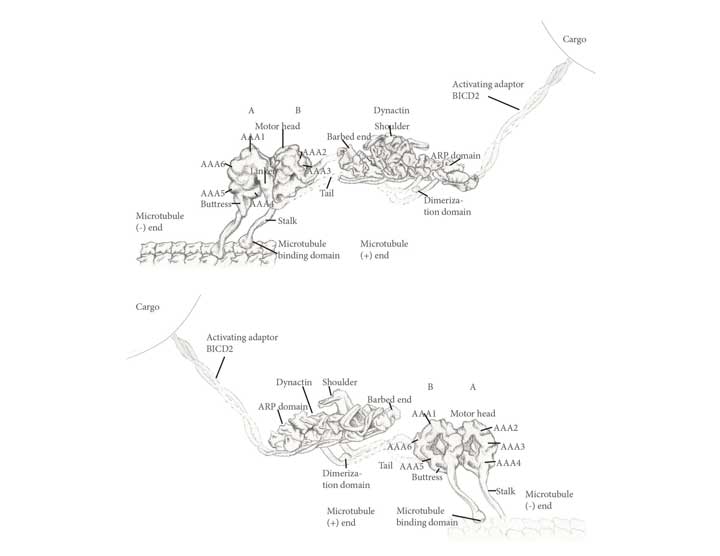
We also experimented with animated using pencil sketches and paintings to understand movement of the molecule.
Perception of scale
Drawing cellular and molecular landscapes requires one to pay attention to relative scales. But does one remember how big a calcium ion is to the receptor it binds? Can one draw both of these entities on the same page without having to distort the scale? While faced with such problems, we realized that it is hard to understand and communicate the size of microscopic universes. To assist comprehension, my postdoctoral mentor, Minhaj and I created a toolkit that allows one to use objects from the visible world to compare the smaller objects.


